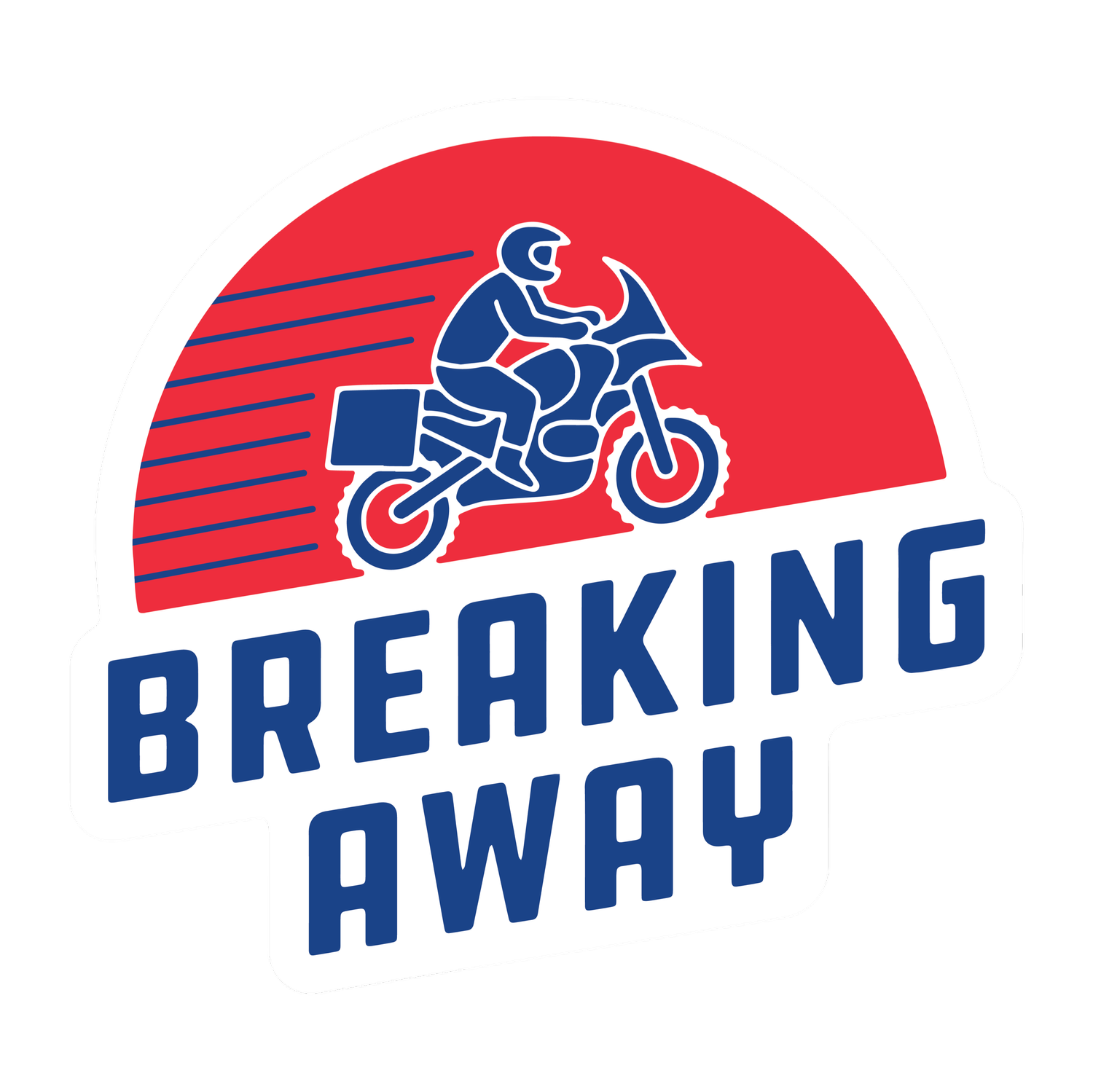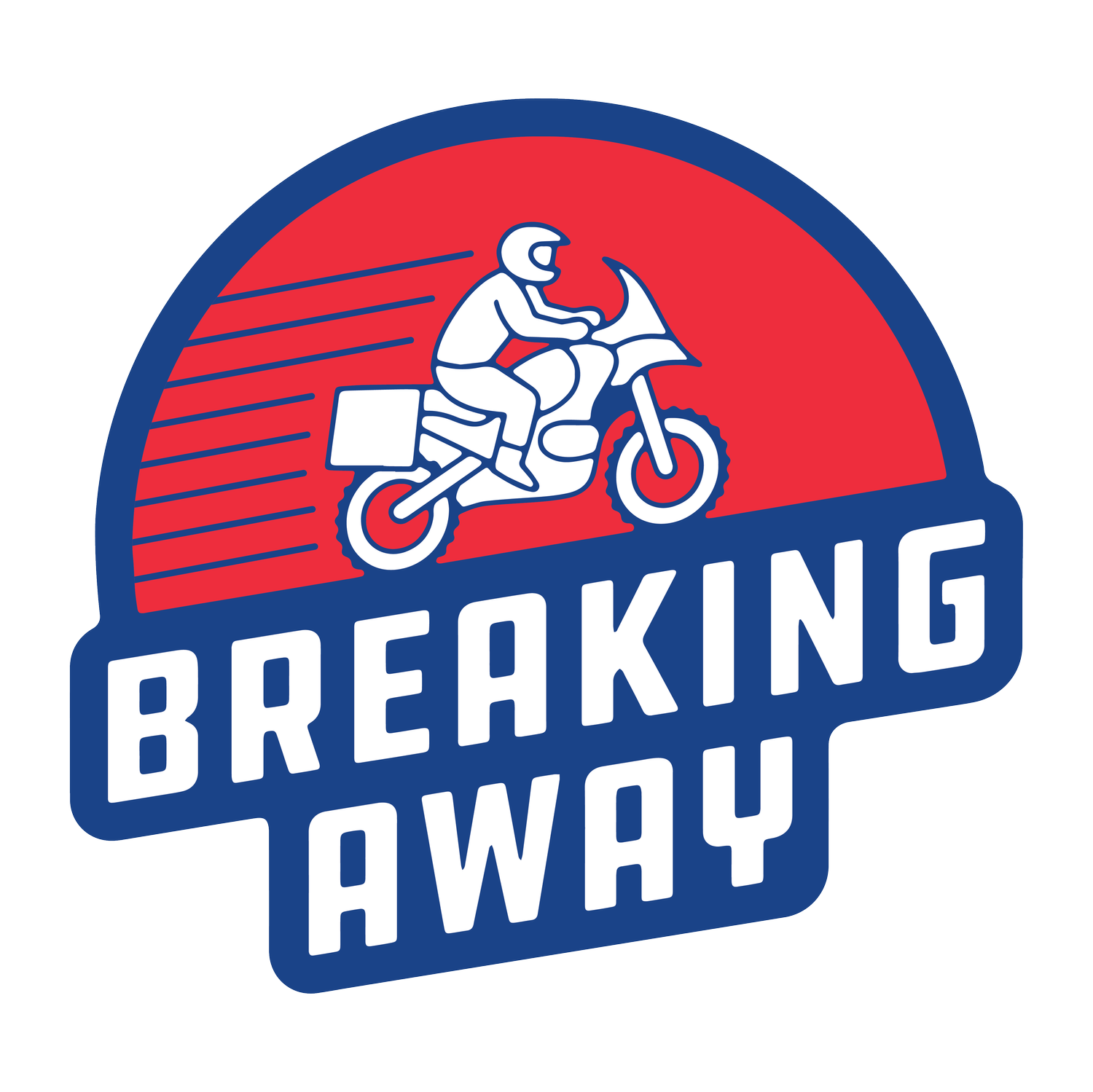
gear check
Experience
While we don’t offer specific training in the dirt, our calendar is always mixed with scaled adventures for all skill levels. We also offer one-on-one and small group customized trips that allow more time for practice. Our experienced trip guides can help you through most obstacles and challenges. For most trips, we prefer our guests to have at least five years street riding experience, with at least a trip or two into the dirt on a dirt or adventure bike.
Pro Tip: Training isn’t for everyone. Ask us about one on one rides.
Group Sizes
Our campout events and BDR style adventures have the smallest groups, usually no more than 8-10 including staff. For trips involving mixed lodging and/ or support vehicles, our max goes up to 14-16 people. The goal is to keep stops, regrouping and waiting around to a minimum. Rally’s have an uncapped amount depending on event.
Pro Tip: Put a group together of your own, and create your own custom event!
Motorcycle Needs
For most of our guided rides, you’ll need a 250cc-1200cc, plated, insured, licensed, registered, and street legal standard definition motorcycle. Each Event will have size requirements.
Scooters, trikes, sidecars, mopeds, and three-wheelers are not allowed on most tours.
Tires should be in good condition and are the right tire for the trip, depending on the terrain.
When applicable, a support truck will be handling the bulk of the luggage but we recommend carrying a hydration pack, tail or tank bag with snacks, and any needs and extras you might need on the road.
Most tours will require the use of panniers, soft or hard. We recommend paying less.
Gas stops will be between 100-200 mile stretches, depending on the location and tour.
Pro Tip: Have the right bike, gear, and experience for the trip.
Personal Needs
Current, legal, and without restriction motorcycle license or endorsement.
Current and Active Motorcycle Insurance. See our recommended levels here.
Current and Active Health Insurance.
Deodorant. Please, please, please wear deodorant.
Pro Tip: Overall, don’t be a dick or an instigator. Nobody is paying money to be agitated on vacation. Chill out or ride solo.
HEAD
We might have all started with a ‘brain bucket’ half helmet or none at all, but hopefully by this point in our riding careers we are all wearing DOT, 3/4 or full face helmets at the least. DOT certified is our minimum standard, with our recommendations staying in line with the State Laws that we ride in.
Pro Tip: While modular helmets are more versatile, they are a couple pounds heavier which can be a big difference in comfort. Also, try wearing your new helmet often before any long trips to break them in. If it hurts, it doesn’t fit!
SHOULDERS
Let’s face it, motorcycle gear is flat out expensive. If you are committed to the sport, it only takes a few seasons to understand how important quality gear is base on how much you have replaced. Having a good all seasons jacket is essential and a cheaper option than trying to find one for each climate. Gore-tex and or its equivalent house brands that also have good ventilation options for hot days are the best bet.
Pro Tip: If touring is your thing, invest in a two piece suit. The versatile options are necessary in all climates, and it adds layers of safety and warmth. Waterproof liners and inserts are a pain in the ass. Be forewarned.
KNEES
The most common pant that motorcycle riders wear are plain denim jeans. Here at BA, we promote ATGAT (All of the gear, All of the time), but will not frown at your Levis. There are great options for over the pant knee protections, but keep in mind that they do not come with hip protections like a full or two piece suit would provide. Besides, regardless of the maker, denim is still cotton and tears easily… as does your skin.
Pro Tip: Wet pants are no fun. Bring options for foul weather if your gear is not already waterproof.
TOES
Proper footwear is beyond important, but some of the major factors are overlooked in lieu of style. While we are not prudes, we are concerned with ankle and foot health, (as we do anything that keeps us sidelined from riding) and ankle injuries are very common and somewhat preventative with purchasing the correct boots. Besides a steel toe, and ankle bone protectors, the lateral movement of the boot (moving the top of the boot left to right with resisted movement around the ankle is ideal) is what protects against common ankle, foot and leg injuries.
Pro Tip: Try boots on, make sure they feel right as well as look good. Seek out professional advice, and shop local.

